If I had a time machine, there would be multiple eras of Mopar® in Motorsport on my “I NEED TO SEE THAT!” list.
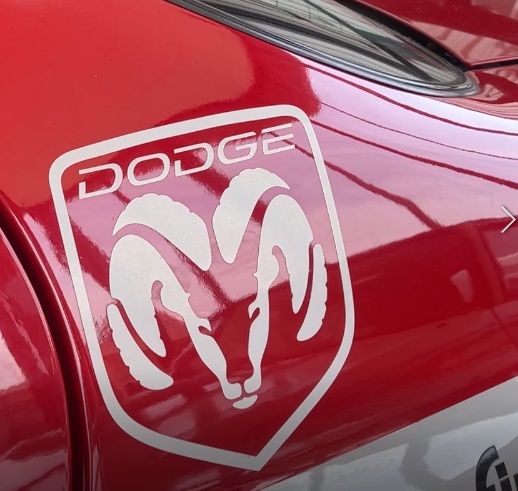
For me, obvious choice number one would be a trip to Daytona Beach. Seeing a pack of stock cars roaring down the A1A and then turning onto the beach to make their way around the 4.1-mile track. Trip number two would take me back to Florida to witness Don Garlits become the fastest man in drag racing on November 10, 1957. With HEMI® engine power and nerves of steel, Garlits blasted down the strip to an 8.78-second ET at 176.4 MPH! It’s worth mentioning again … THIS WAS 1957! These are obvious choices. I don’t believe any of you reading this piece wouldn’t want to witness either of these spectacles. Here’s where things get weird.
My third hop in the way-back machine would be to … wait for it … the golden age of motorsport. A time when Dodge took a car off the showroom floor and commenced with full-fledged domination of their chosen series after a year’s worth of development work. Of course, I’m typing about the 1996 and 1997 North American Touring Car Championship! I know. You didn’t see that coming. I also know I am not in the majority when I type front-wheel drive can be monumental levels of fun on a race track. But … it absolutely is! And Dodge was about to take what most thought to be nothing more than a point A to B commuter car and turn it into a monster.
Dodge dove in head first with a Touring Car development program consisting of top internal engineers PacWest (known for their IndyCar programs) facilitating the trackside engineering and crew, and a driver lineup signifying this factory-backed effort was not playing games. The competition from other factories consisted of Honda’s Accord, BMW’s 318is, Ford’s Contour/Mondeo and the Vauxhall Cavalier, to name a few. Which car was Dodge going to turn from grocery-getter to world-beater? Enter the Stratus.
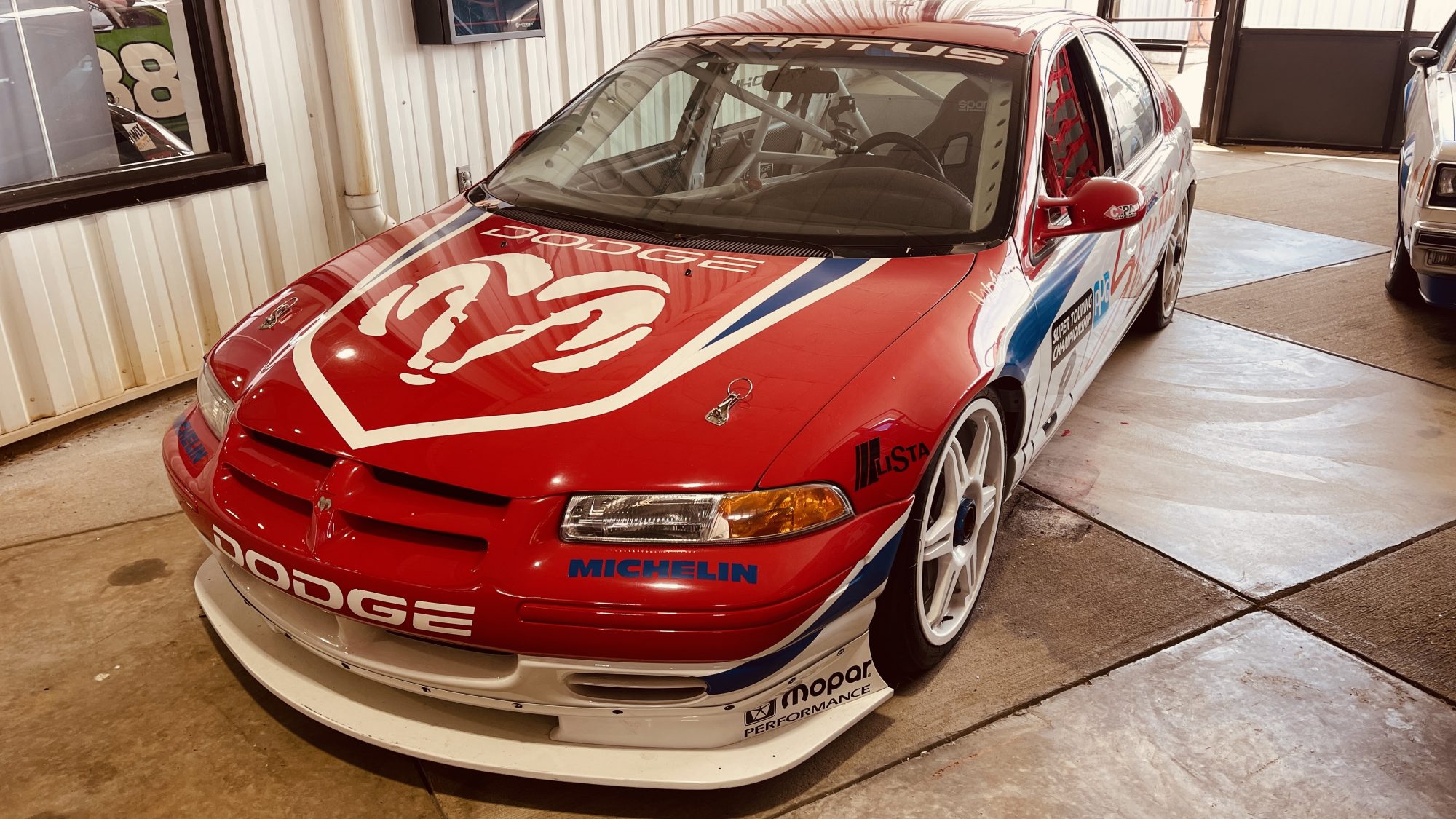
I know. No, really. I know! Who did Dodge think they were? How were they going to take an almost 3,000-pound, 2.4-liter, 150-horsepower lump of commuter car and turn it into a world-beater? The competition was steep! The other manufacturers in the series were decades ahead in their Touring Car programs. Honda and Ford had racked up race wins and championships throughout Europe and the U.K. and were ready to show North American race fans what showroom-based racing was all about.
This was indeed a “win on Sunday, sell on Monday” sales manager’s dream. These cars were effectively stripped-down versions of the exact cars you could grab off the lot. The stock interior was removed. A comprehensive roll cage boxed and triangulated the Stratus from nose to rear. The stock 2.4-liter 4-cylinder was massaged within the rule book to produce around 300 HP. The suspension and other components were poked and prodded until they were ready for the abuse they were about to suffer at some of the best road courses in the United States.
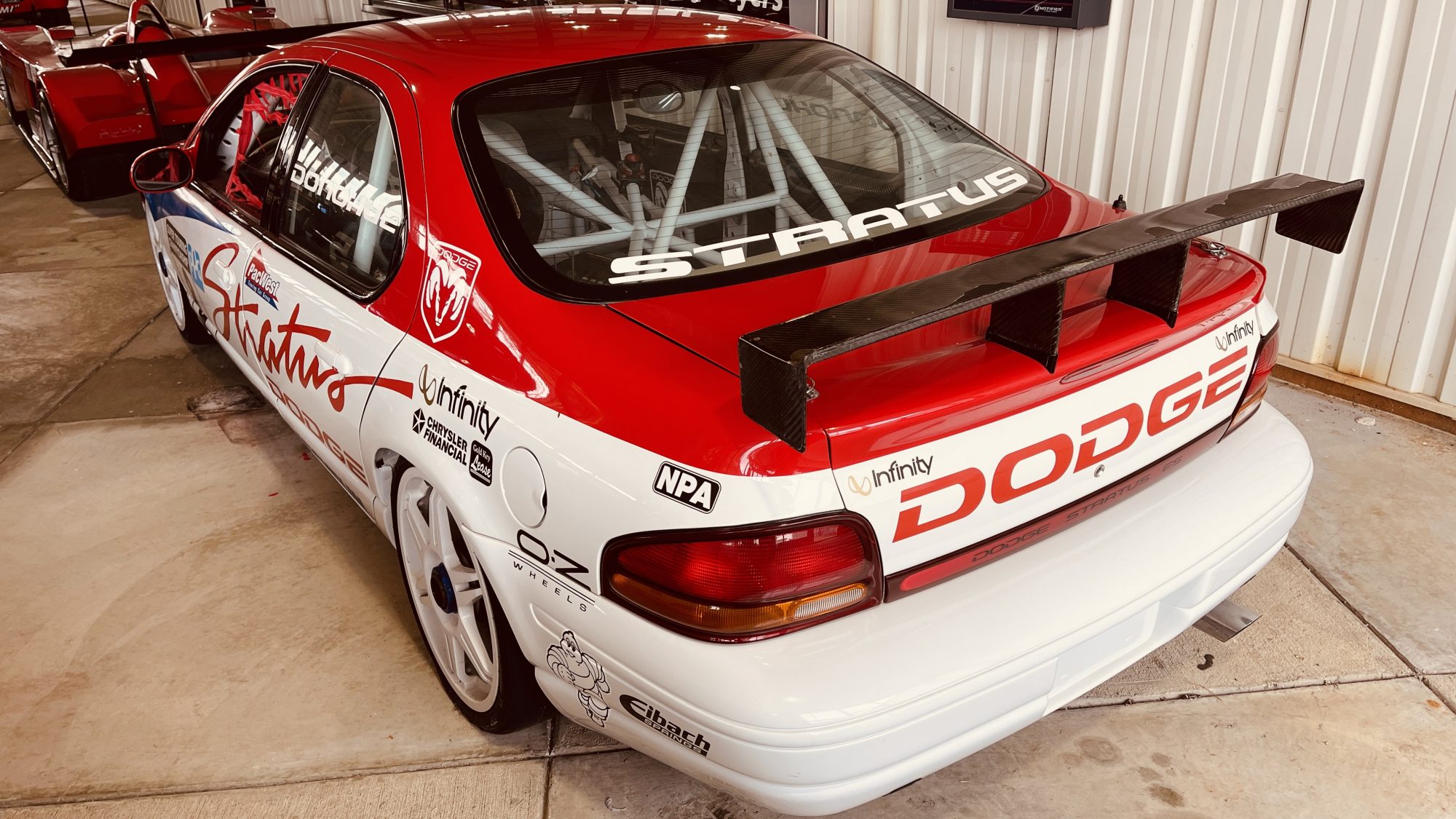
These cars raced on some of North America’s most storied circuits. From Lime Rock Park to Belle Isle, Mid Ohio, Laguna Seca and Trois-Rivieres in Canada, David Donahue and Dominic Dobson drove the wheels off the Dodge Stratus. Dobson brought his Dodge home in the second spot, with Donohue in third place at the end of the 1996 season. 5 wins out of 16 races and 17 top 5s is a solid way to come out of the gate. Things were about to get even better! David Donohue drove the #8 car to a series championship in 1997. Donohue racked up 5 wins and 11 top 5s to solidly claim the top spot by 22 points over the Honda driven by Peter Cunningham. Dobson had a few issues, dropping him back to fourth in the standings at the end of the year. With two wins of his own and 7 top 5s, had it not been for some trouble during two of the races, Dobson would have been right up there fighting for the Championship.
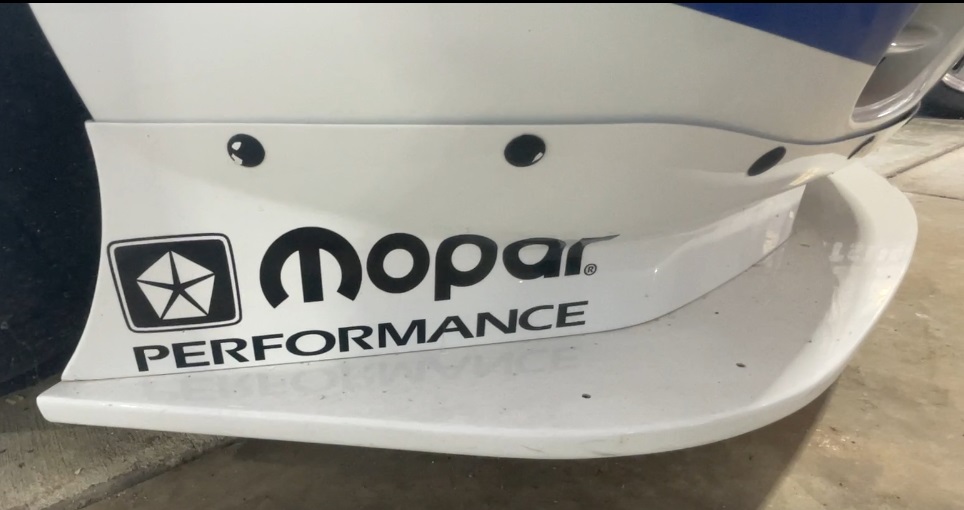
The North American Touring Car Championship had only two seasons. They traveled across North America and back, supporting the CART series and thrilling fans with some of the closest wheel-to-wheel action they had ever seen on a road course. I was 26 when this series dropped a hand grenade on my brain. It instantly hooked me. The idea of taking a car like the Stratus and turning it into a racecar hadn’t entered my brain. Sitting here at 53, I’m happy to say I’m as blown away by Touring Car racing today as I was in 1996. Long live the grocery-getter! #RaceAllTheThings!

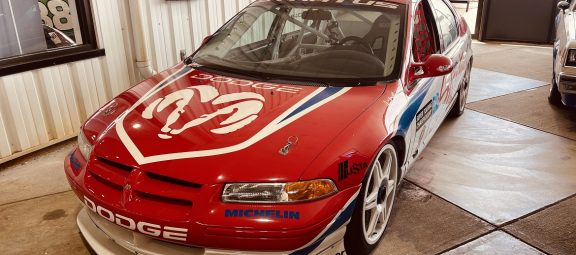
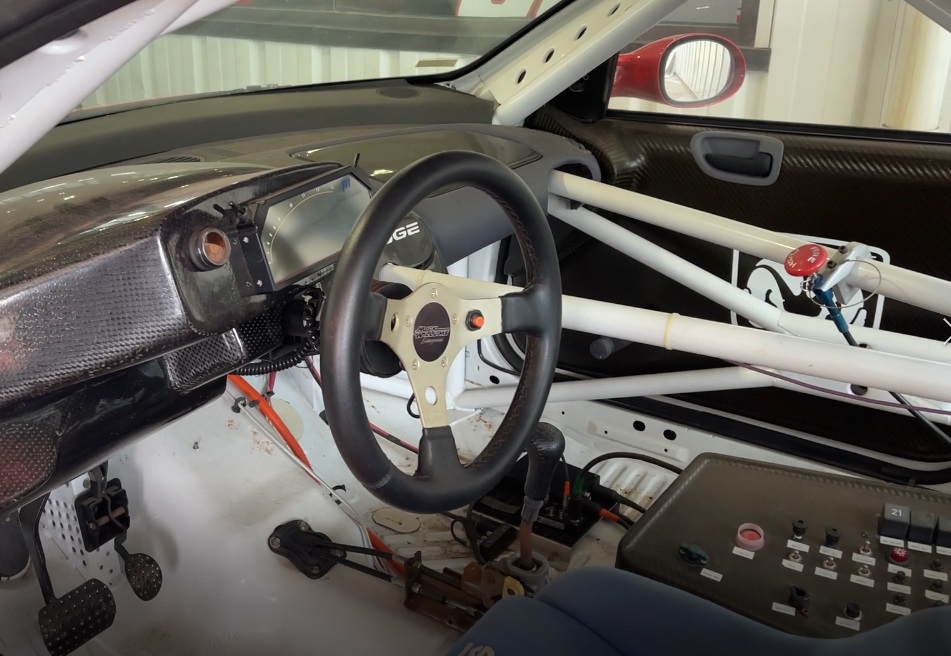
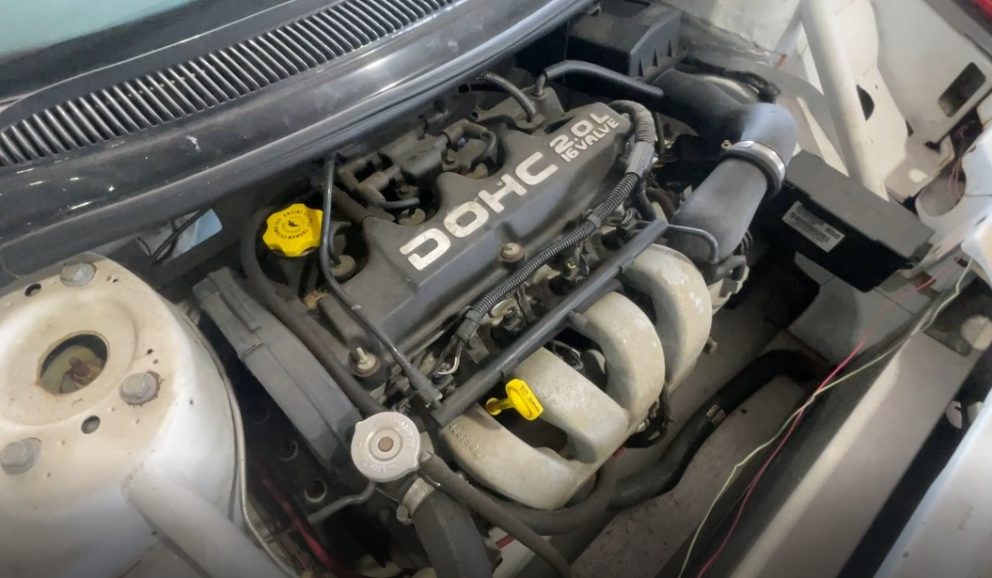
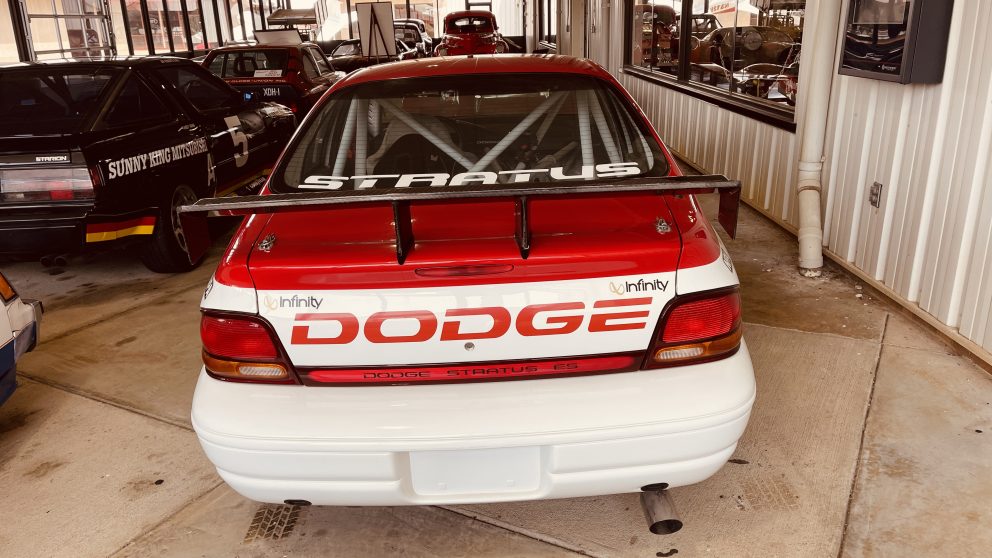
0 Comments